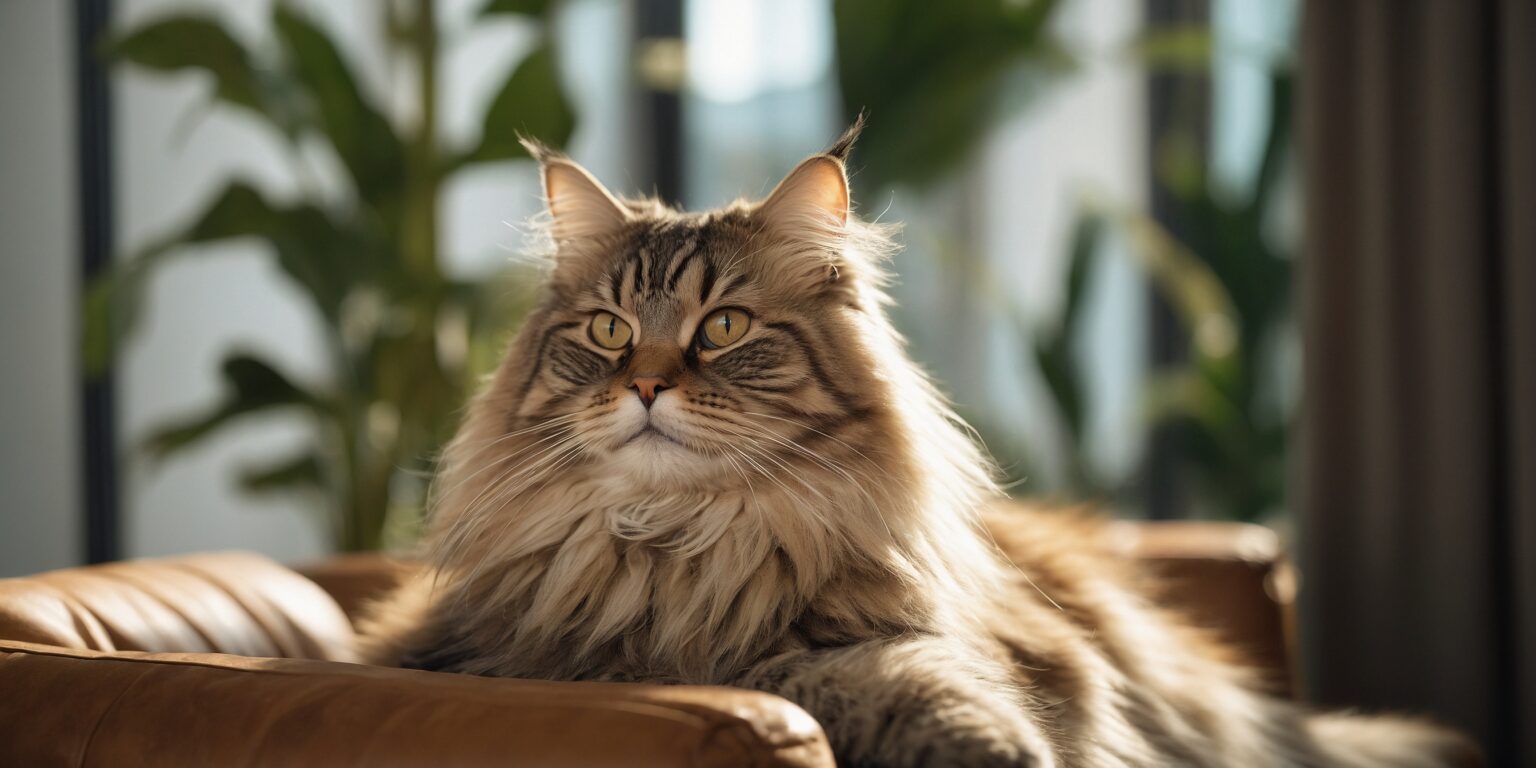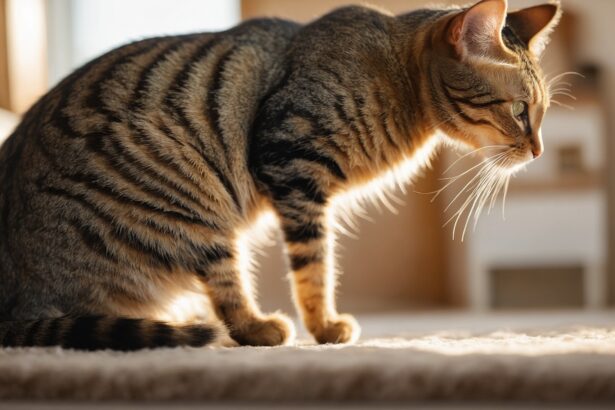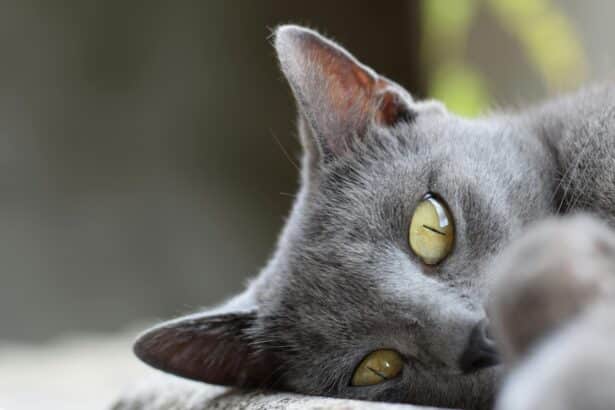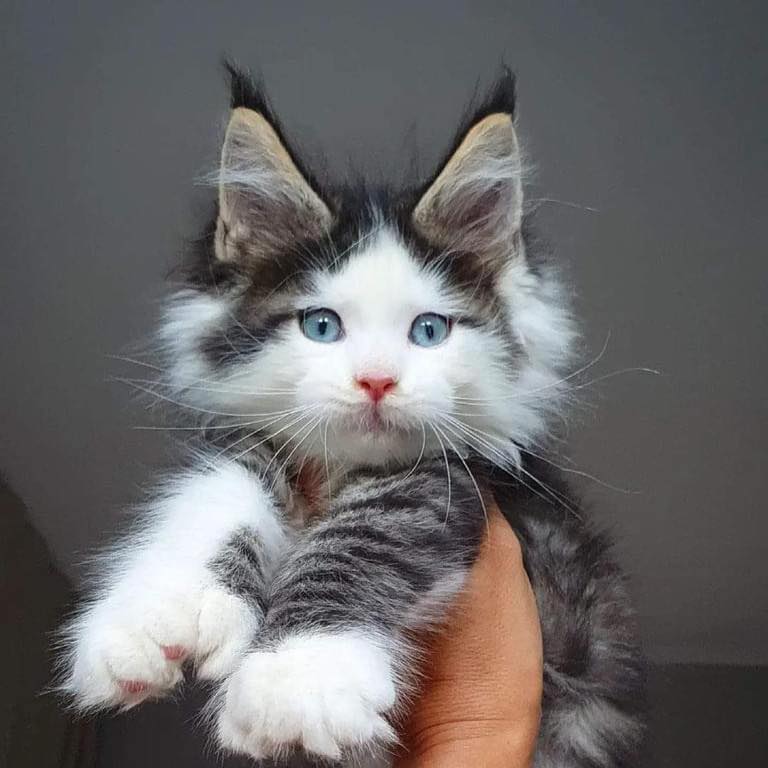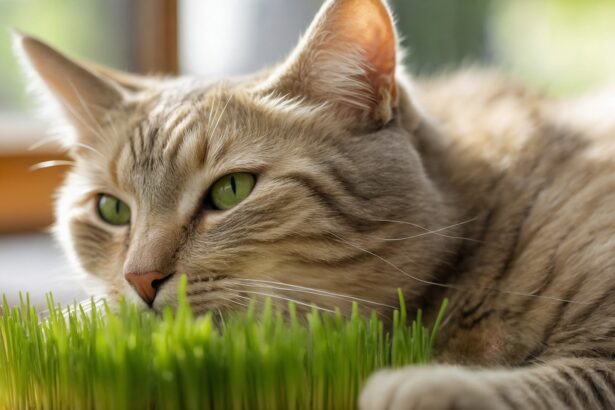Meet the Siberian cat
Thick fur, glacier-bright eyes and a heart as warm as a winter tea — the Siberian cat has a way of making every home feel cozy. Native to the forests of Russia, this natural breed grew hardy before it grew famous. Ready to meet a fluffy athlete with a gentle, family-friendly soul?
History and origins
Raised by snow, shaped by forests: the Siberian is a true natural breed, refined by life in harsh climates rather than show rings. For centuries, these cats lived alongside people in rural villages, earning a reputation as clever mousers and calm companions.
From there, their charm spread beyond Russia, and the breed began appearing in international cat fancy circles in the late 20th century. Curious to deep-dive into their story and care? Explore our complete Siberian guide for more.
Signature looks
Sturdy yet elegant, the Siberian is built like a gymnast in a winter coat. Their hallmark? A luxurious triple-layer coat — protective guard hairs, a plush awn layer and a soft insulating undercoat. It helps them shrug off cold, wind and even a drizzle.
- Eyes: often green, gold or a mix; always bright and expressive.
- Body: muscular with strong bone, round paws and a big plumed tail they wrap around themselves like a scarf.
- Coat: changes with the seasons; expect a dramatic spring shed.
Surprising fact: many Siberians have slightly water-resistant coats, which is why some don’t mind pawing at a running tap. That curiosity isn’t mischief — it’s their inner forest explorer talking.
Personality and everyday behavior
Don’t be fooled by the wild look — Siberians are affectionate, steady and wonderfully people-oriented. They follow you room to room, “help” you fold laundry and settle right where the action is. Their voices are soft, more chirps and trills than meows.
They’re also playful hunters with quick reflexes. Puzzle toys, feather wands and a good climbing setup keep their minds busy and bodies satisfied. Want to decode those cozy vibrations? Here’s why cats purr in so many situations.
Care essentials
Nutrition
A balanced, protein-forward diet supports their muscle and coat. Because Siberians are solidly built, it’s easy to overestimate portions — watch calories and body condition rather than just the number on the scale. For practical meal planning, see our tips on feeding your cat well.
Grooming
Despite the coat, grooming is smoother than you’d think. Brush 2–3 times weekly most of the year, daily during the spring “blow.” Use a wide-tooth rake for the undercoat, then a slicker to lift loose hairs.
Pro tip: brush after a few minutes in a steamy bathroom — humidity loosens tangles. A lick mat with a bit of wet food turns brushing into a spa date.
Common mistake to avoid: frequent baths or shaving. It strips natural oils, reduces the coat’s weather protection and may cause matting to worsen as hair regrows. Spot-clean and brush instead; reserve baths for true mess emergencies.
Exercise and enrichment
Short play bursts twice a day beat one long session. Think prey cycles: stalk, chase, pounce, “catch,” then snack and nap. Rotate toys weekly to keep the fun fresh.
Vertical territory is comfort to a Siberian. If you’re upgrading your setup, our guide to the best cat trees explains how to choose stable, safe models.
Health and checks
Siberians are generally robust, but routine matters: yearly vet checks, dental care and parasite prevention. Keep an eye on weight — heavy coats can hide extra pounds, so feel for ribs and a defined waist.
Seasonal shedding is normal; sudden bald spots, irritation or excessive scratching are not. If coat quality dulls despite good care, your vet can help rule out nutrition, allergy or thyroid issues. For a step-by-step routine, bookmark our cat grooming guide.
Allergies: the “hypoallergenic” question
Many people report milder symptoms around Siberians, possibly due to lower levels of Fel d 1 (the main cat allergen) in some individuals. But there’s no guarantee — allergen levels vary cat by cat.
If you’re sensitive, meet your future Siberian several times first, and set up habits that help: HEPA air filtration, frequent fabric washes, and brushing (by a non-allergic person) in a ventilated area. Wiping the coat with a damp microfiber cloth can also reduce loose dander.
Home setup for happy Siberians
- Perches and paths: window seats, sturdy trees and shelves for quiet observation.
- Smart play: wand toys, hunting games and puzzle feeders to satisfy instincts.
- Water station: some love fountains — the gentle flow can encourage healthy drinking.
- Litter care: choose a roomy box with low-dust litter; scoop daily to keep things pristine.
Fine-tuning the litter corner? Here’s how to choose the best litter for your cat without trial-and-error chaos.
Living with a Siberian: what to expect
Expect a loyal shadow who warms your feet, “supervises” your work and charms guests. They fit well with gentle kids and often coexist peacefully with cat-savvy dogs when introduced slowly.
Their energy is moderate, their patience long, and their cuddles premium. Give them structure, a bit of daily adventure and a brush that feels like a massage — they’ll give you years of soft purrs in return.
Conclusion
Snow-born and sofa-ready, the Siberian is a balanced blend of athleticism and affection. With thoughtful nutrition, simple grooming and playful enrichment, they thrive — and make every day feel a little more magical.
FAQ
Are Siberian cats hypoallergenic?
Some people react less to certain Siberians, but there’s no guarantee. Meet the cat several times and use allergen-lowering habits like HEPA filtration and regular fabric washes.
How often should I brush a Siberian?
Brush 2–3 times weekly, daily during heavy sheds in spring. Use a rake for the undercoat and finish with a slicker for shine and tangle prevention.
Do Siberian cats like water?
Many are curious about water and may paw at taps or sit near showers. That said, “curious” doesn’t always mean “loves full baths.”
When do Siberian cats reach full size?
They’re slow maturers. Most reach full size between 3 and 5 years, filling out muscle and coat gradually over time.


